Are you looking for the best Leica M cameras? There’s way more than you think there are! In this list I will break down the best digital Ms for you to chose from and why, with image samples where available.
Hi I’m Sven the Leicaphile and here are the best Leica M cameras you can get. This list is for the digital rangefinders only. If you want film, check out the best Leica M film cameras. You might also want to read the Leica M camera guide.
Best Leica M cameras
Here’s the list of the best Leica M cameras, put together in terms of functionality and recency.
| Name | Sensor Size | Megapixels | EVF? | Get it here: |
|---|---|---|---|---|
| 1. Leica M10R | Full Frame | 40 | YES | Check Price |
| 2. Leica M10 | Full Frame | 24 | YES | Check on ebay |
| 3. Leica M Typ 240 | Full Frame | 24 | YES | Check on ebay |
| 4. Leica M Typ 262 | Full Frame | 24 | NO | Check on ebay |
| 5. Leica M-E | Full Frame | 19 | NO | Check on ebay |
| 6. Leica M9 | Full Frame | 18 | NO | Check on ebay |
| 7. Leica M8 | APSH | 10 | NO | Check on ebay |
There’s more than you think there are, right? So without further adieu here’s the best Leica M cameras and what makes them so great.
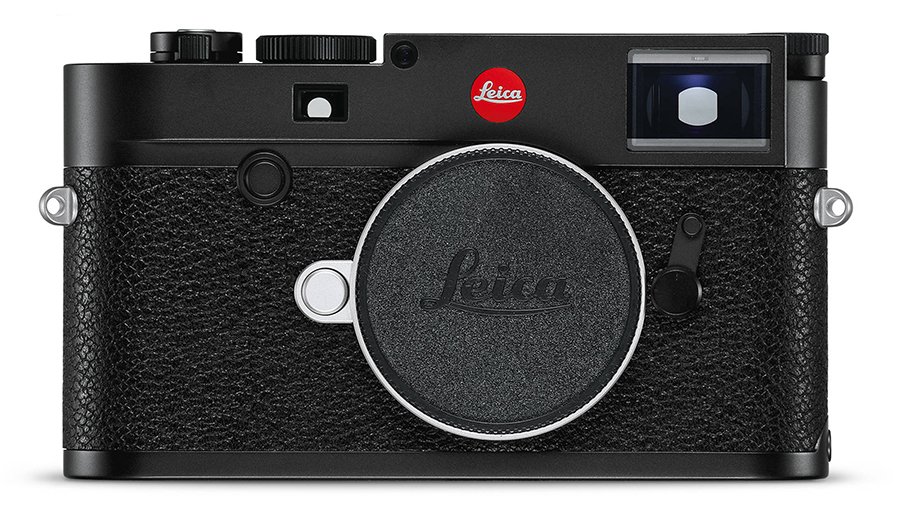
| Reasons to buy | Cons |
|---|---|
| + Full frame + Amazing Sensor + Lots of megapixels + Rangefinder | – Price, but you knew that |
If you are looking for the best Leica M camera, this is it. This is the pennacle of the Leica M cameras and it’s powerful. There’s of course the full frame sensor that is completely A-OK in the dark and at ISOs as high as the moon.
The M10 is also great at this but the added feature here is the upgraded 40 megapixels. This makes really huge prints of course but the real advantage here is the crop factor. You could potentially shoot a 28mm lens and then crop all the way to about a 50mm equivalent image and still have plenty of megapixels left to print large.
If you do not need the upgraded sensor then the M10 is great.
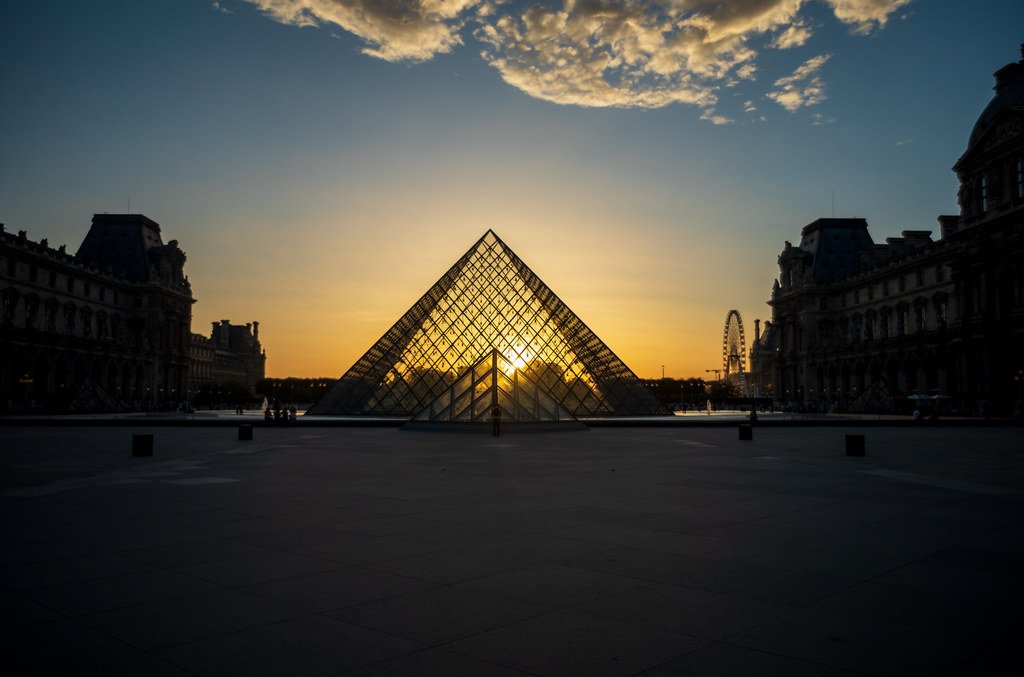

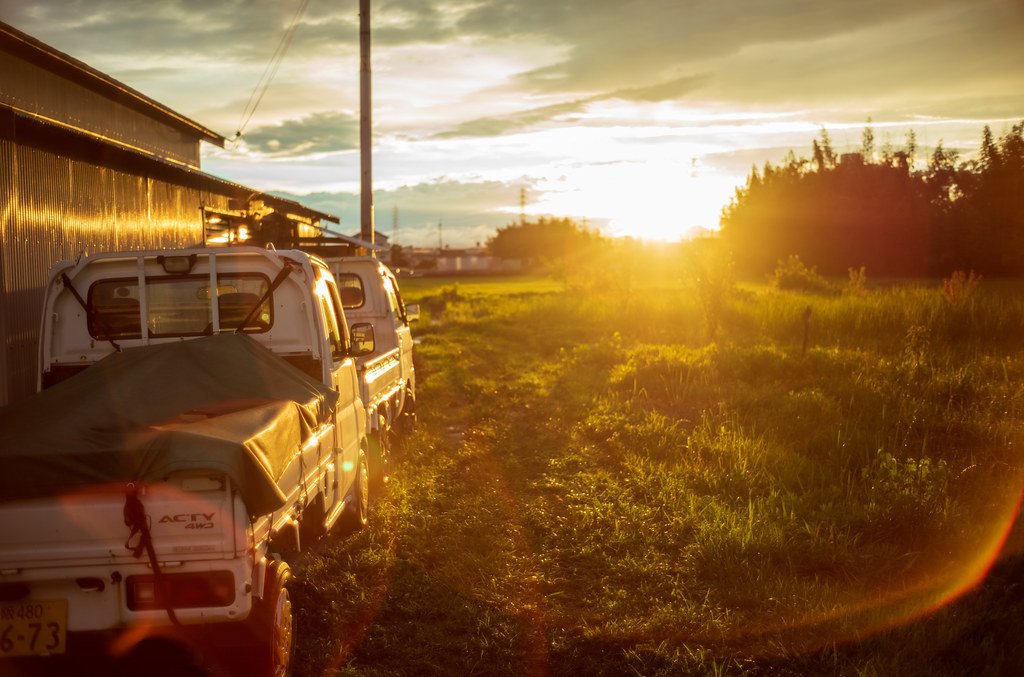


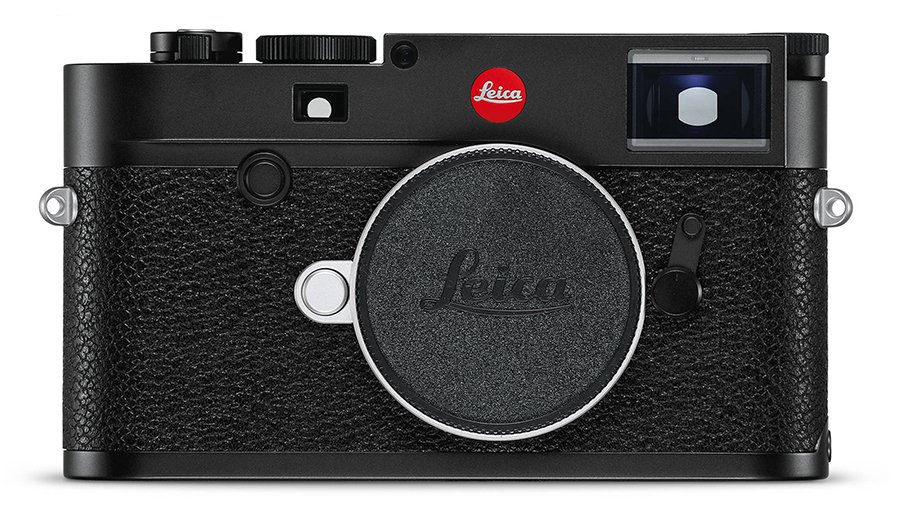
| Reasons to buy | Cons |
|---|---|
| + The best one all around + No quirks + High ISOs | – None |
Here’s something most Leica fanboys will never tell you. A lot of the Leica Ms have quirks. The M8 has issues, M9 needs the upgraded sensors, the M240 had bad ISO compared to even APSC sensors. The M10 is really THE Leica M to get if you just want something that works.
There’s no issues with the sensors, the ISO is really good up to I’d say 12,500, and there’s nothing to worry about. You just get it and you have something that works excellently. This is why the best Leica M camera is without a doubt the Leica M10 / M10R.
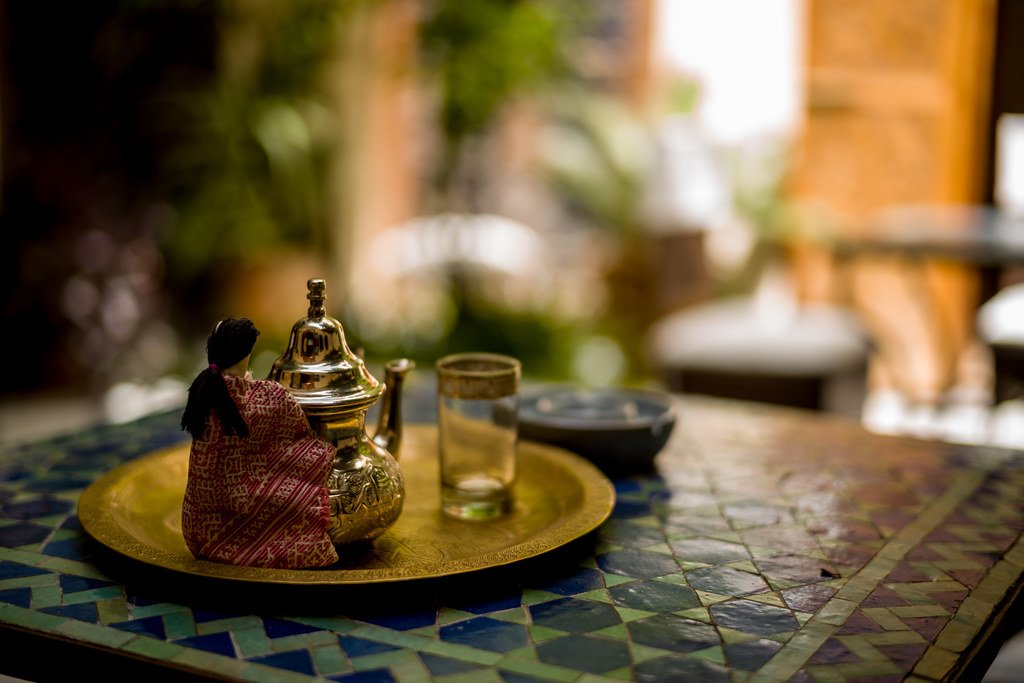
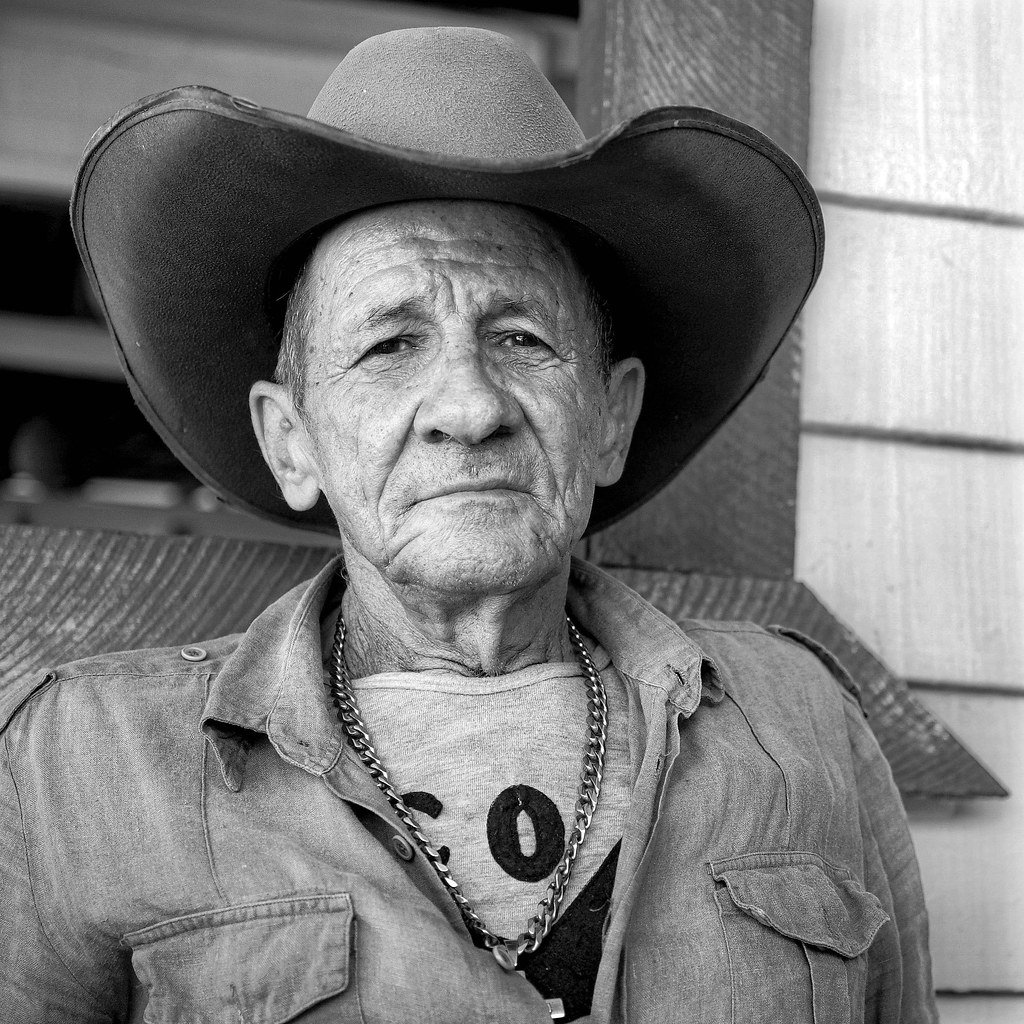

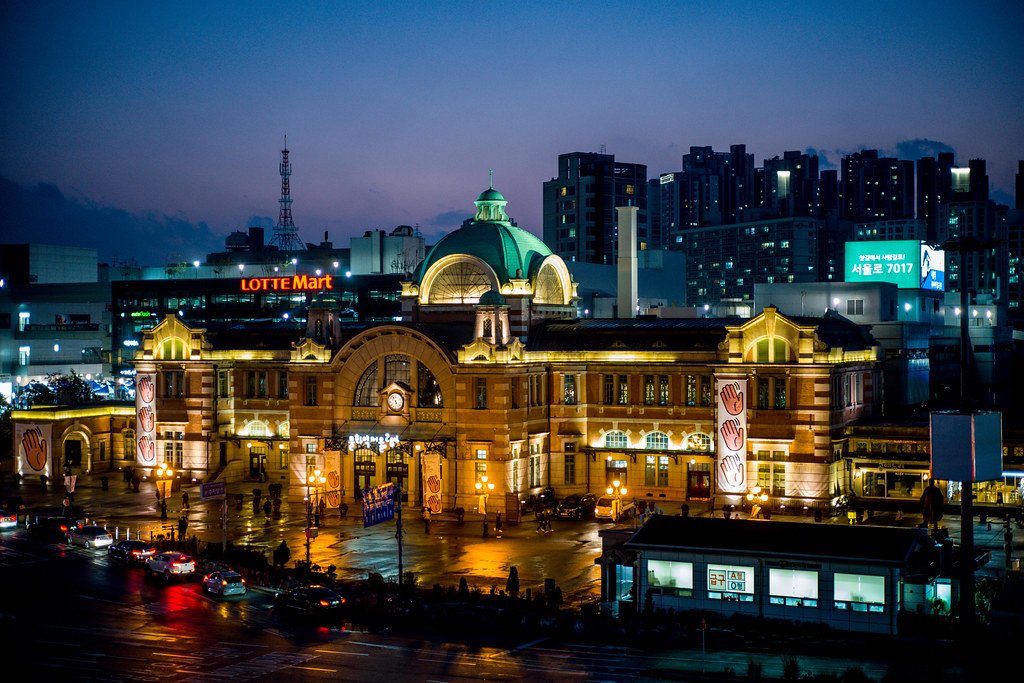
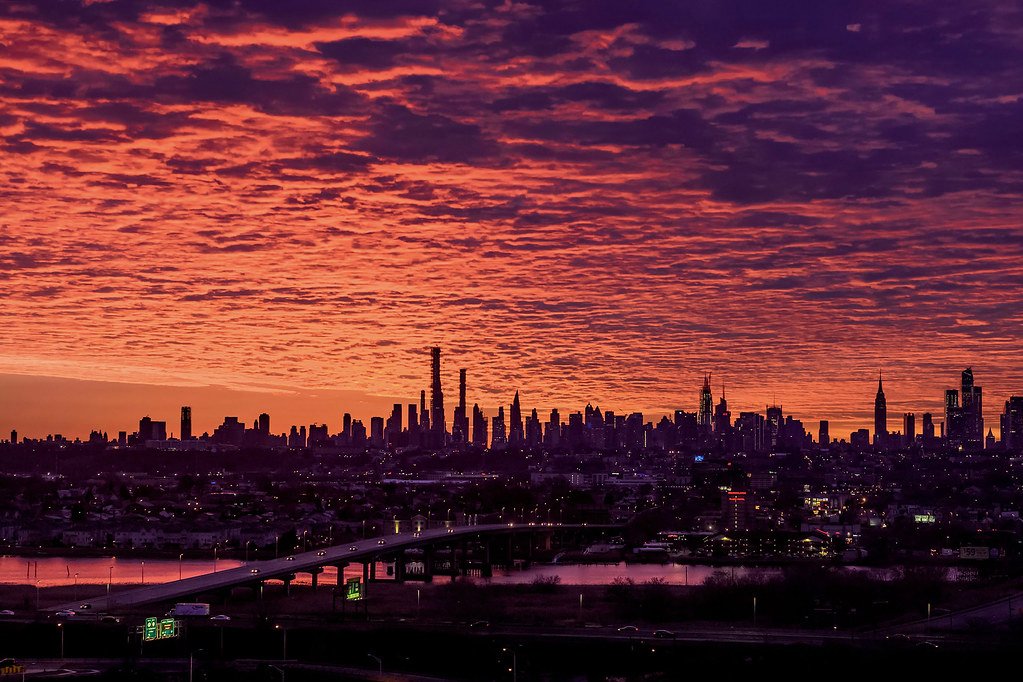
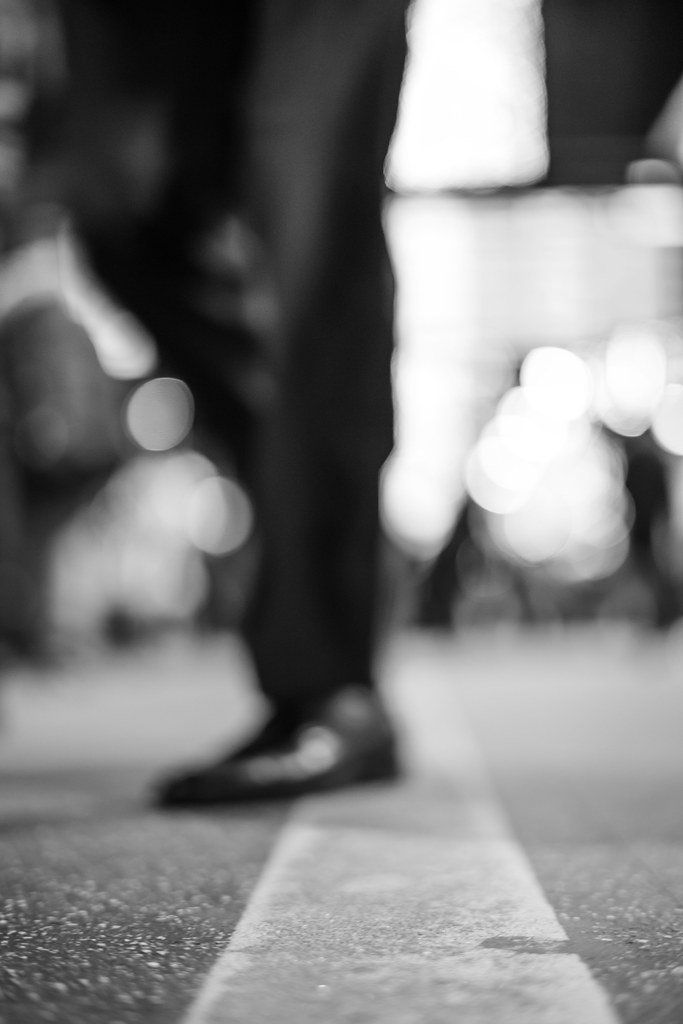

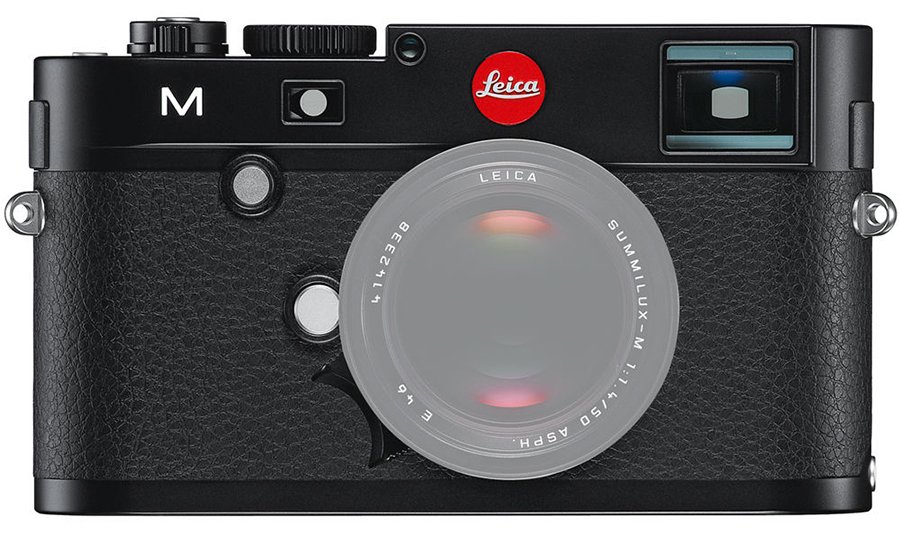
| Reasons to buy | Cons |
|---|---|
| + Great camera all around + Rangefinder + Great battery life | – Only used – Limiting ISO |
The Leica M typ 240 is when Leica Ms started using the CMOS sensors, these had double the battery life (500 vs 350 of M9) and better ISO performance. You could use ISO3200 comfortably starting with the M240.
Lots of photographers lamented the loss of the CCD sensors that, under the right conditions could render scenes that look and feel more organic, but this is the camera that would finally offer live view and the possibility to add an electronic viewfinder to shoot.




| Reasons to buy | Cons |
|---|---|
| + Billed as a budget M240 | – No EVF – Limiting ISO |
This was billed as a Leica M240 budget version. Same sensor, the top having a step to the right just like the M9. One feature here that a lot of photographers like is the simplified, 2 pages only menu.
Besides that it is pretty much the same as the M240, so you are looking at usable ISOs up to about 3200 but has the ability for live view and digital viewfinder removed. If you don’t need these features this is one of the best Leica M cameras you can get.

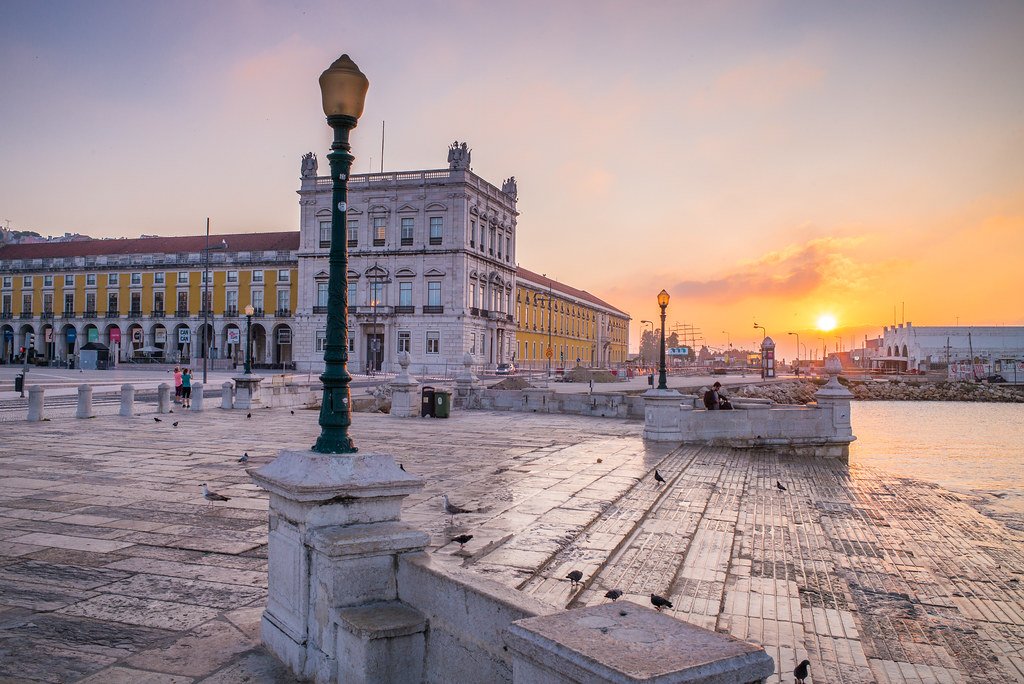


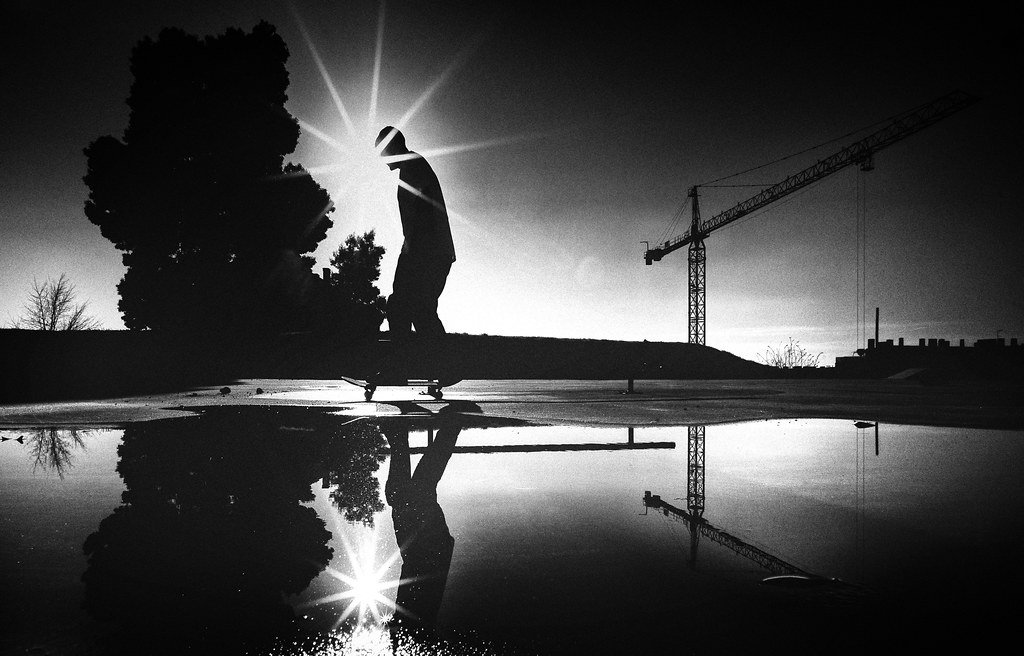

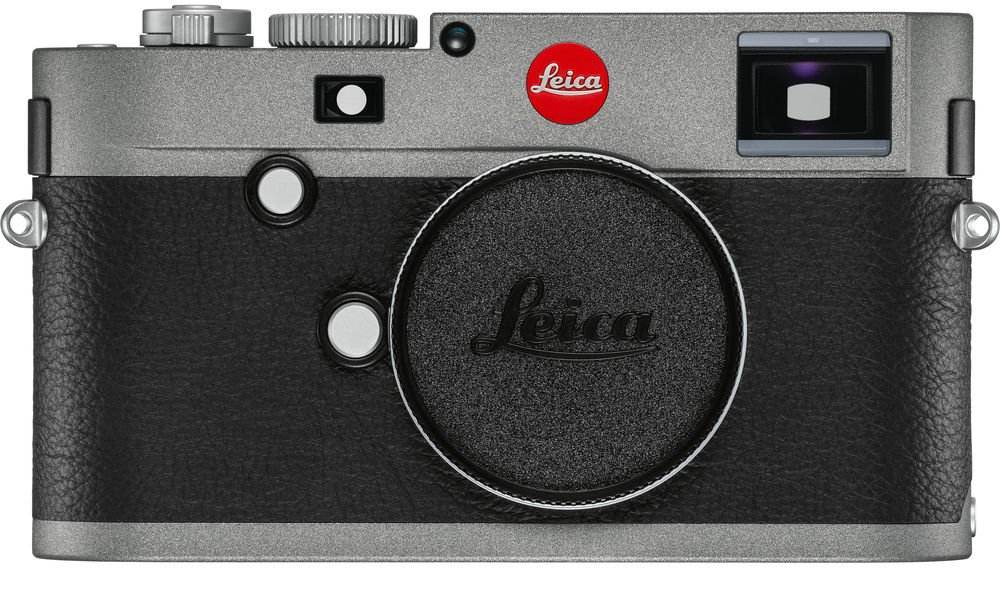
| Reasons to buy | Cons |
|---|---|
| + Same as an M9 | – One color – ISO800 |
Next up our list of the best Leica M camera, this was billed as a budget M9. For no reason if you ask me, because it is the exact same camera, including the sensor and the limiting usable ISO of around 800. What’s the difference? It lacks a USB port (when is the last time have you ever used that?) and no frame line lever as it does that automatically. That’s it.
The only other thing is, it only comes in one “anthracite grey paint” color so that your Leica can be easily identified as the “cheap” one and you can be promptly ridiculed. That is seriously the only reason why I can think of why they didn’t put this is a silver or black version.
But I digress. This is the same sensor as the M9 so under the right conditions it gives you beautiful, organic images because of the CCD. Why is this above the M9? For the simple reason that this works out of the box, if you get an M9 you need to make sure that the sensor was replaced.

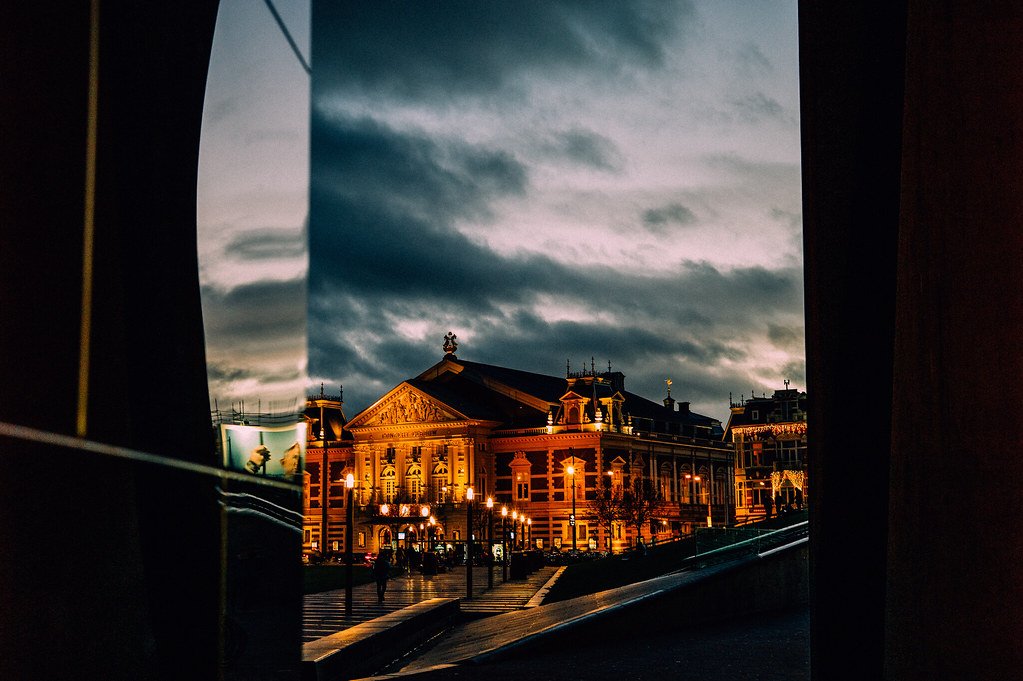

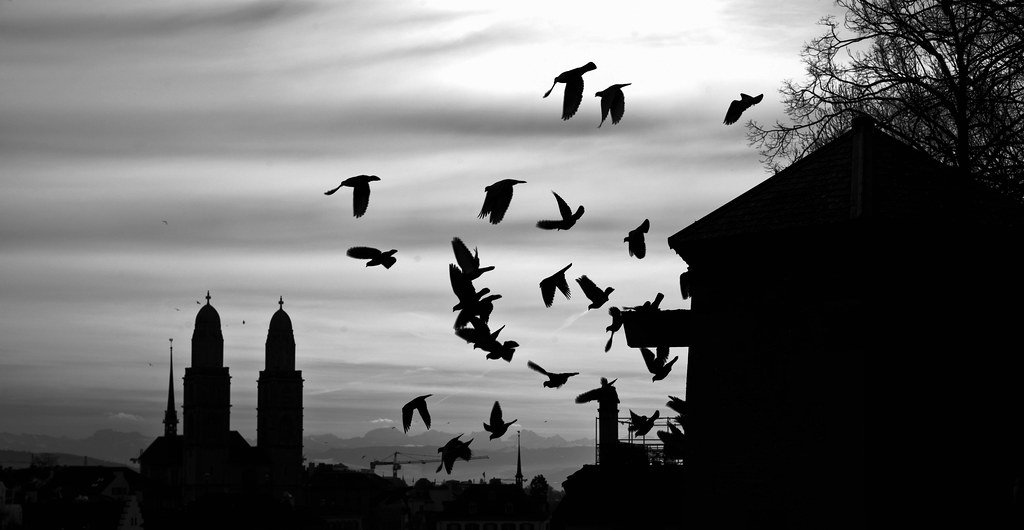
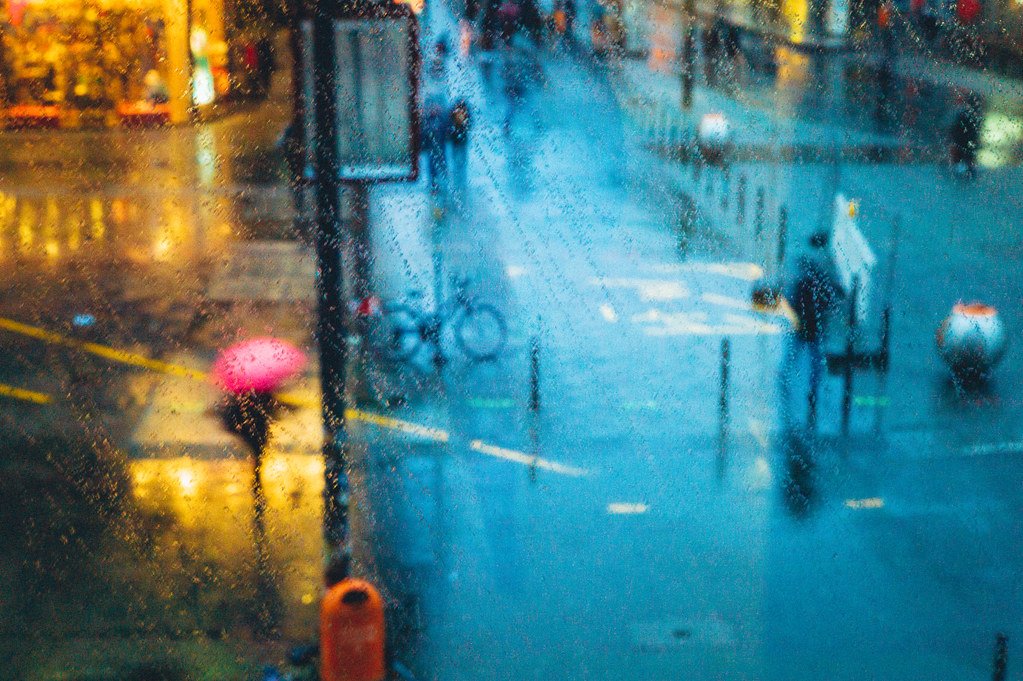
| Reasons to buy | Cons |
|---|---|
| + Full frame + Special look + Great IQ | – Limited ISO performance – Needs the upgraded sensor |
Next up as the best Leica M camera is a classic. The M9 is one of the most loved Leica M cameras when it comes to digital. There’s one big reason why: The CCD sensor. Without getting into the details, the older CCD sensors have something special about them that the newer CMOS sensors don’t have.
While in blind tests, a lot of the CCD / CMOS sensors were interchangeable, there’s something special about the CCD look under the right conditions, the images look and feel more organic. That is why many stick to their M9.
While it is a full frame, the usable ISO is up to 800, a far cry from even APSC sensors of the same time. The M9s suffered a really bad corrosion issue and had to be sent in for an upgraded sensor. So if you get one make sure it is the upgraded sensor or you will have yourself an expensive paperweight.
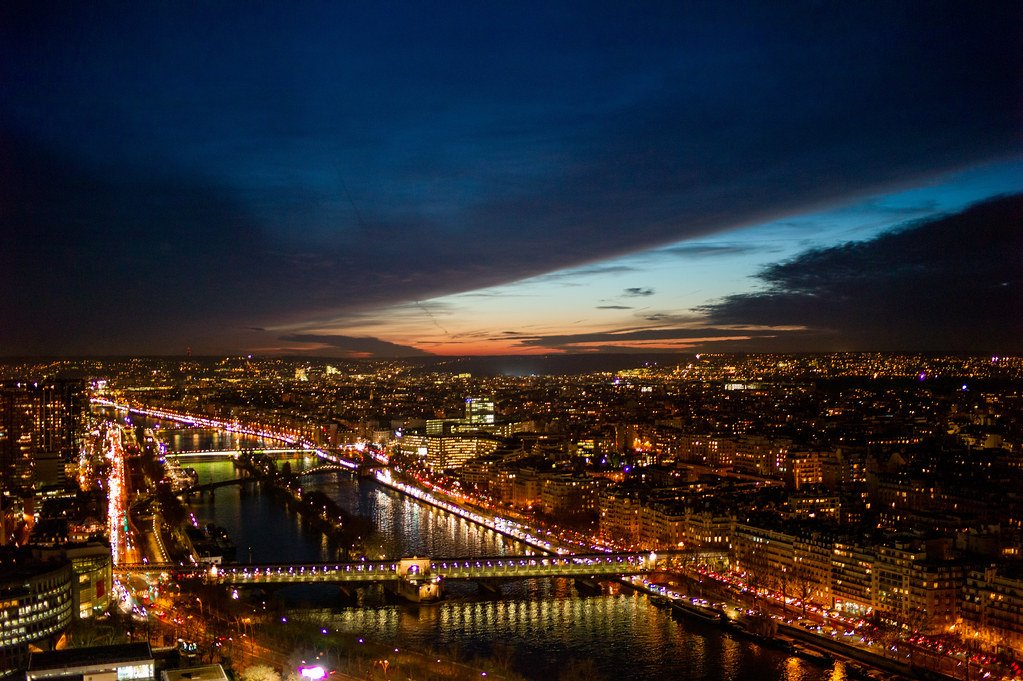
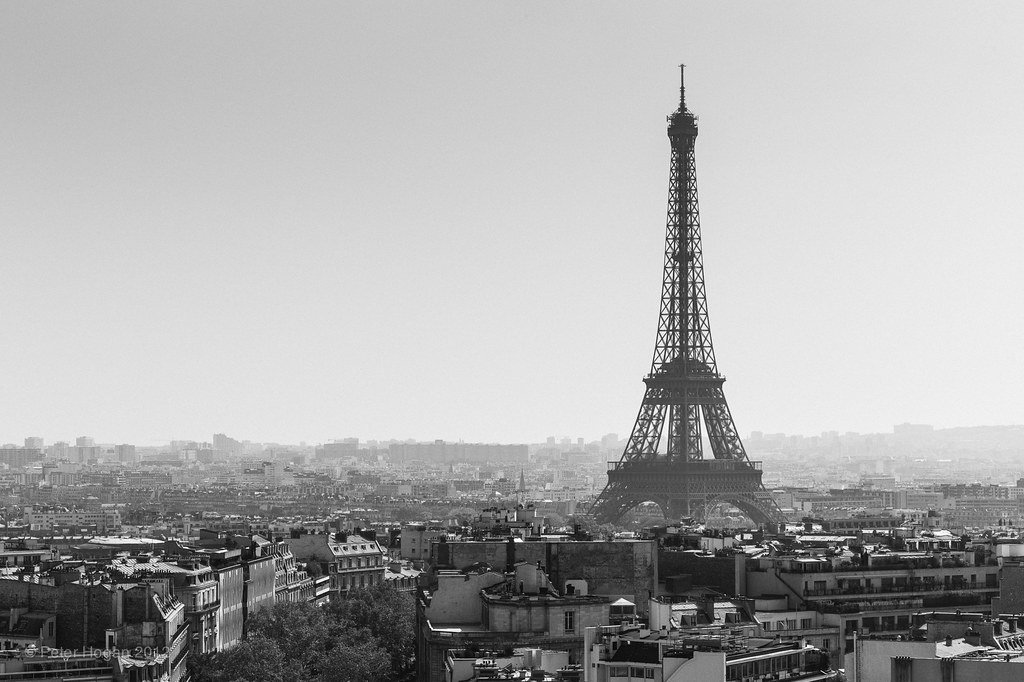
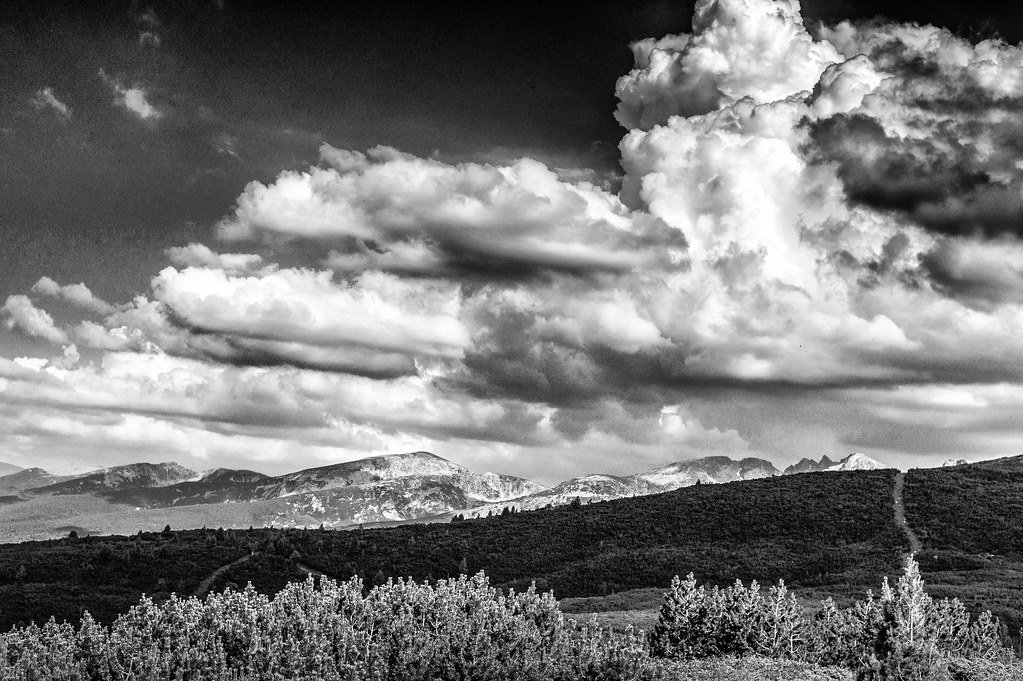

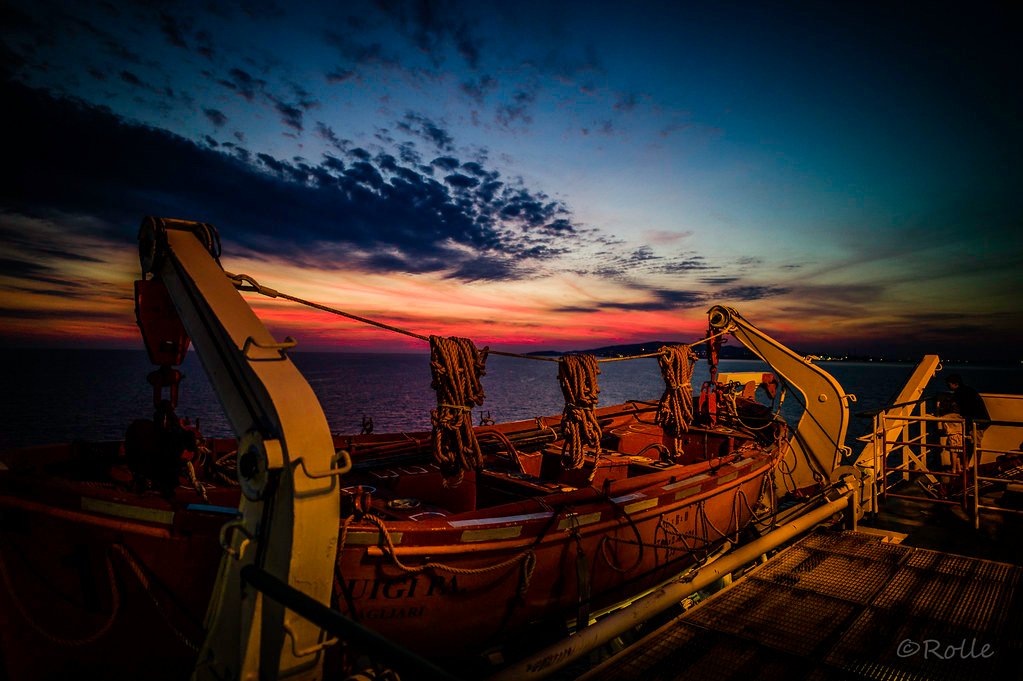
| Reasons to buy | Cons |
|---|---|
| + Rangefinder + Great IQ base ISO | – Lots of quirks – APSH – Crop |
Let’s get something straight, this is nowhere near the best Leica M camera. But this is the best choice when it comes to price alone. This is the cheapest Leica M camera you can get but it has a lot of quirks. It’s pretty bad at ISOs above 400 but you could work around it by shooting at base ISOs and then bring up the exposure in post processing.
There’s a few issues like banding and green, image-breaking lines when you shoot a light source near the corner, and this is the only M that is not full frame but APSH with a crop factor of 1.33x. If you can live with the crop factor and often limiting ISOs (or if you have fast lenses) then this camera is one heck of a Leica M.
When it works, it is a true Leica and the image quality is excellent. Everything great about Leica is there from the rangefinder to the zen-like handling. The images are crisp and contrasty and this is a 10 megapixel shooter so it’s plenty even to this day, so the only question is are you ok with the quirks and the crop factor.

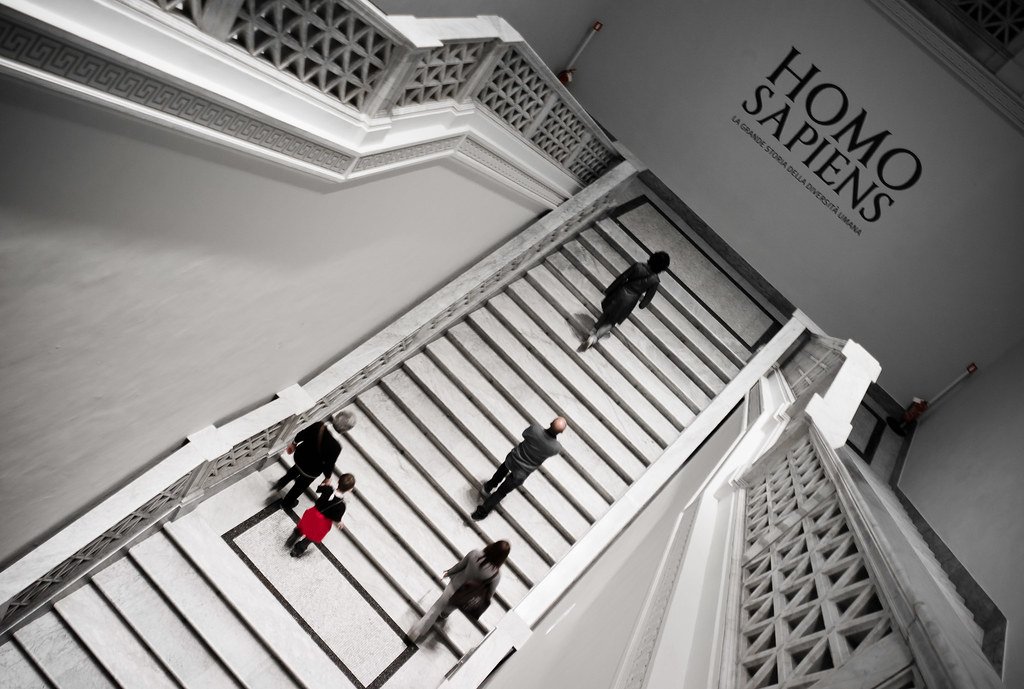

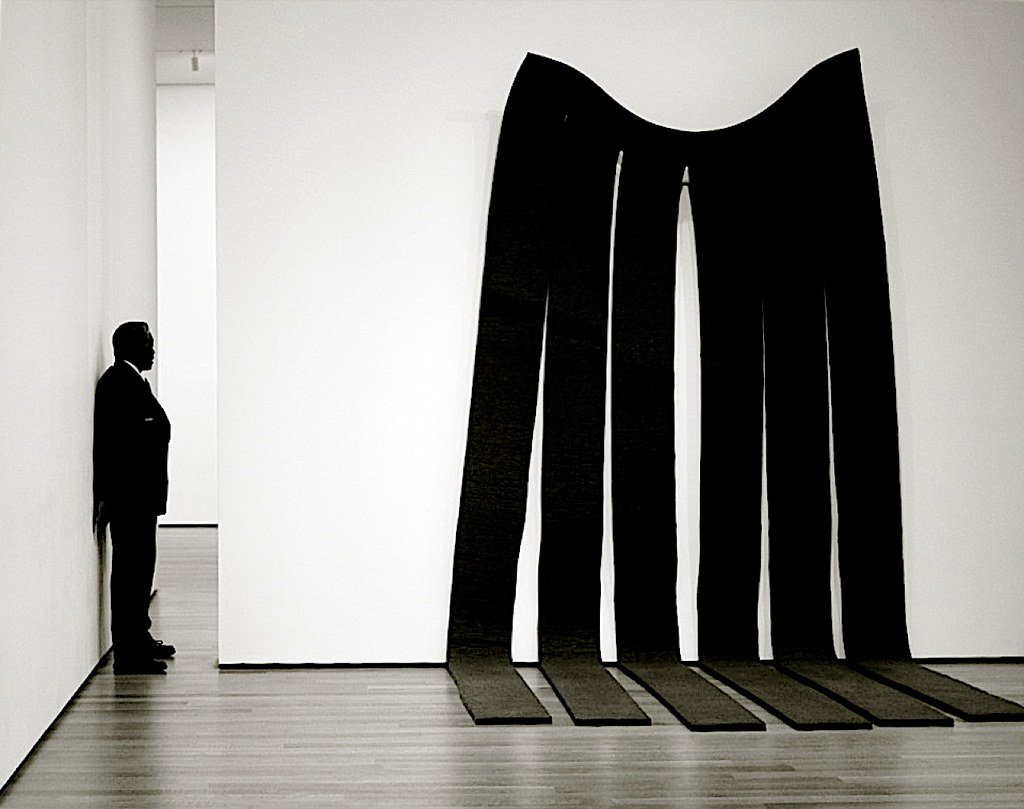
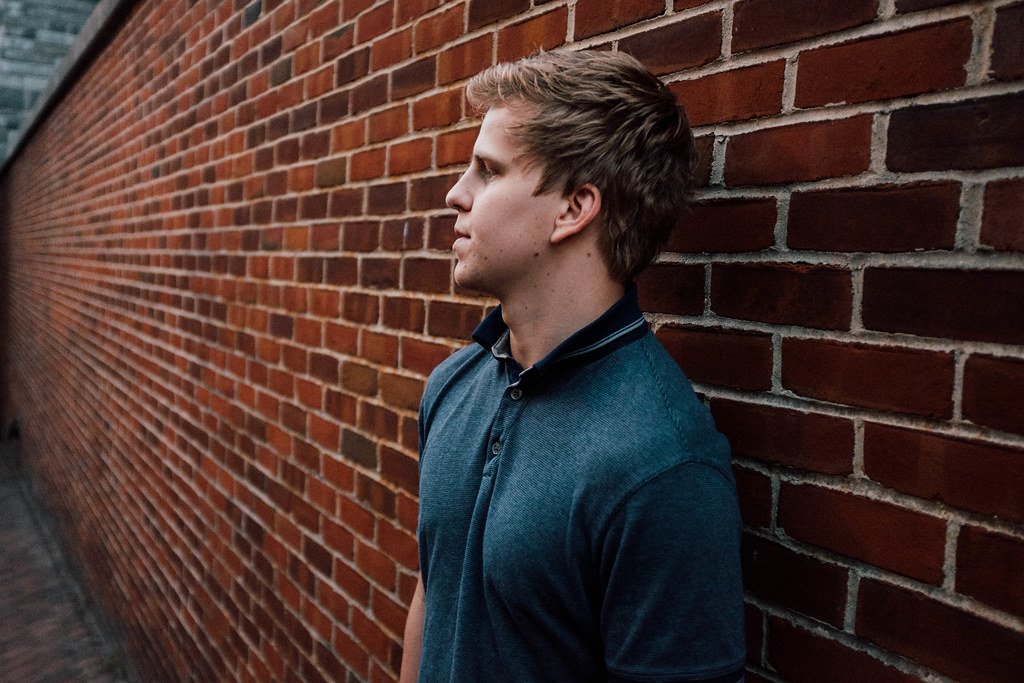
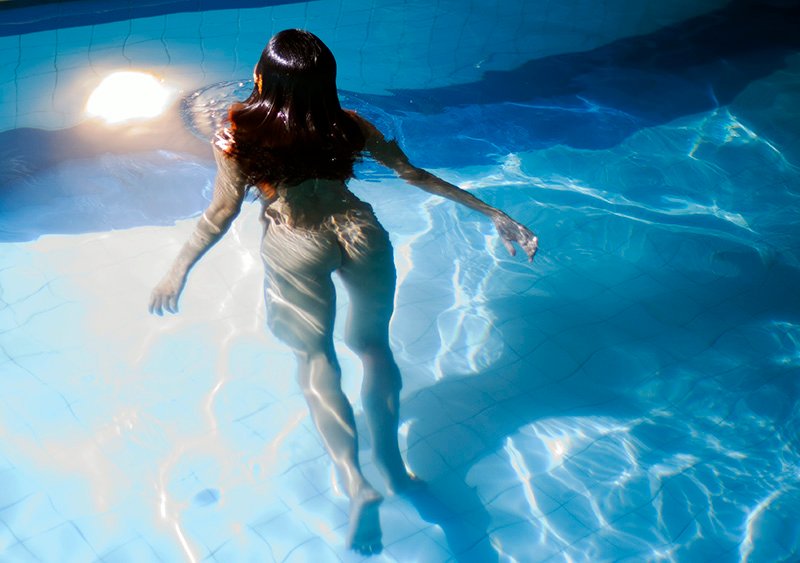
Conclusion
I hope you enjoyed this article about the best Leica M cameras. The best one is the Leica M10R. The upgraded sensor allows for lots of cropping power, if you do not need that then the original M10 is amazing. The M240 is the best Leica M camera on a (relative) budget and has adequate ISO, and the possibility of live-view and electronic viewfinder. The M262 mainly drops that feature.
As long as you get the upgraded sensor the M9 is great, especially with the look that CCD offers under certain conditions. If you just want an M9 without needing to do due diligence, the Leica M-E is pretty much the exact same with a peculiar color scheme.
The cheapest one is the M8 if you get this you’ll have to live with low ISOs, image issues and a 1.33 crops factor, but under the right conditions is one heck of a camera.


